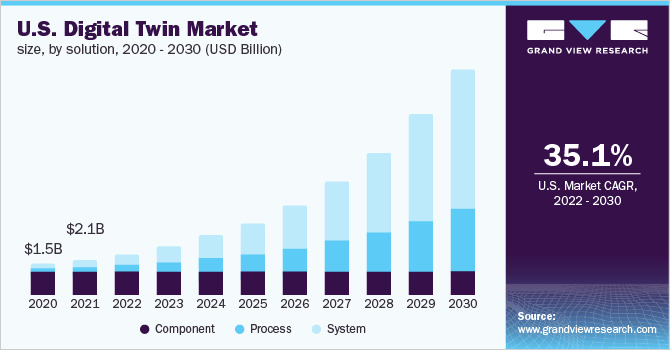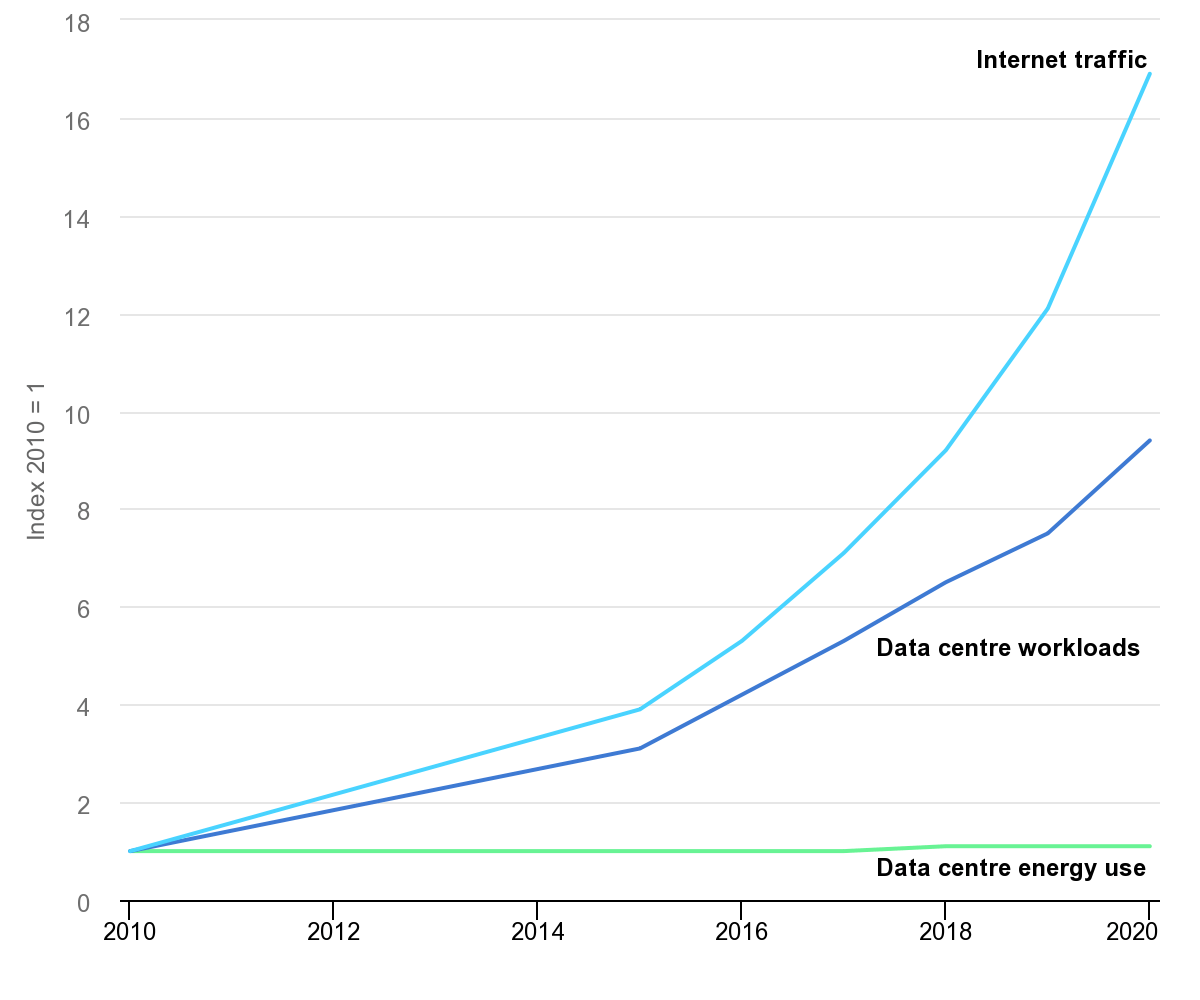Everyday, we are consistently seeing more and more energy carelessly wasted. In the current climate and energy crisis, this cannot continue as it is. Innovation in energy solutions is desperately needed to slash emissions and keep global temperatures down. One of the most vital ways the planet is going to survive the climate crisis is through energy efficiency. But, at the moment anyway, it’s an uphill battle. 36 billion tonnes of carbon dioxide was pumped into the atmosphere in 2021, a figure that keeps rising year on year.
Luckily, there are innovative solutions ready to be implemented. One of the most exciting in recent years are digital twins.
So what is a digital twin exactly? It’s actually right there in the name. A digital twin is a virtual replica of a physical object, a twin of a particular asset or system that exists on a digital scale. These can range from representations of component or part twins, all the way up to twins of entire processes. A physical asset – a wind turbine, for example – can be outfitted with a number of sensors that replicate it digitally. This copy can then be used to run simulations, identify issues ahead of time, and provide data to continually improve performance.
Digital twin technologies are massively entering into the mainstream, particularly for smart building management. In mid-July, Microsoft announced that they would be partnering with Cosmo Tech to combine their digital twin technologies to provide buildings with a clear and actionable roadmap to NetZero targets. The software’s users can monitor and analyse emissions in real-time, supplying building managers and floor management staff with the answers to the complex problems of sustainability, financial goals, and building performance.

Having a digital counterpart for assets and systems is majorly beneficial for a number of reasons. Perhaps the most advantageous is how it can reduce costs. Due to the predictive elements of digital twins, maintenance costs can be cut significantly. Sensors can rapidly pick up on components that require maintenance or replacing, eliminating surprise failures and minimising system downtime when repairs are being carried out. This predictive maintenance can also warn operators when new components need to be bought and implemented ahead of time. Overall, reactive maintenance can be reduced by an estimated 40% in just a year by implementing digital twin technologies.
Apart from slashing energy costs, digital twins are making big changes in sustainability and the journey to NetZero. One industry that is benefitting in particular is data centres. There are approximately 8000 data centres across the globe, and they consume 1% of the world’s electricity supply every year. In the wake of the climate crisis, many data centres are turning to digital twins and AI to significantly cut these emissions down.

Using digital twin technologies, data centres can have a detailed picture of how much energy is being used and whether that usage is efficient. Digital twins can be used to implement accurate cooling systems, ensuring machines are running efficiently and maximising their lifespan. Longer lifespans mean less parts have to be repeatedly manufactured, minimising the centres’ carbon footprint. In a $200 billion a year business, this has big impacts.
Rail operators are also using digital twins to reduce operation and maintenance costs. There are estimated 100,000 railway stations worldwide, all of which require engineers to visit and carry out asset maintenance. Sensors that remotely monitor assets and people movement without manual site visits optimises efficiency significantly. Railway digital twin provider Briteyellow estimated that this could save rail infrastructure operators more than $500 million a year in asset maintenance costs.
Digital twin suppliers and platforms have now emerged as one of the leading methods to deliver change. To meet the NetZero targets by 2050 and to curtail the current energy crisis, there has to be actionable roadmaps. Change won’t come overnight, the CRE sector and building industry has to do everything they can to cut their emissions. With the implementation of digital twin technologies, change is inevitable.

Share your thoughts
No Comments
Sorry, the comment form is closed at this time.